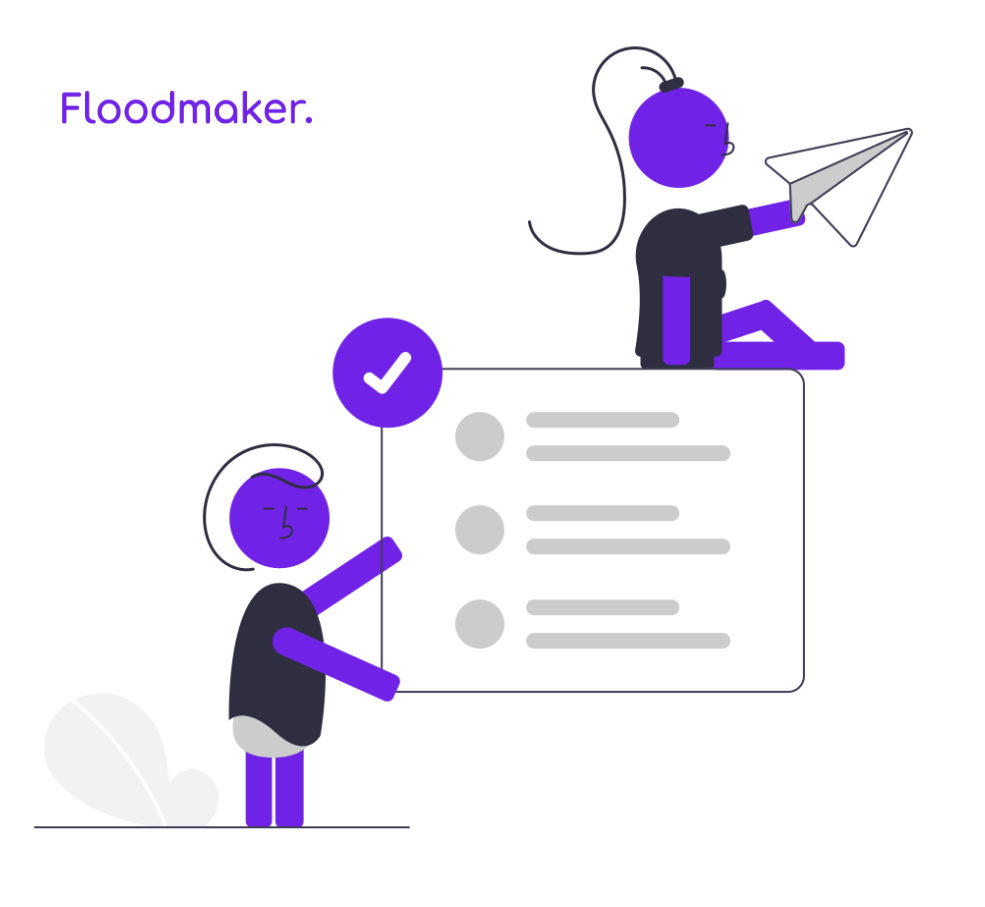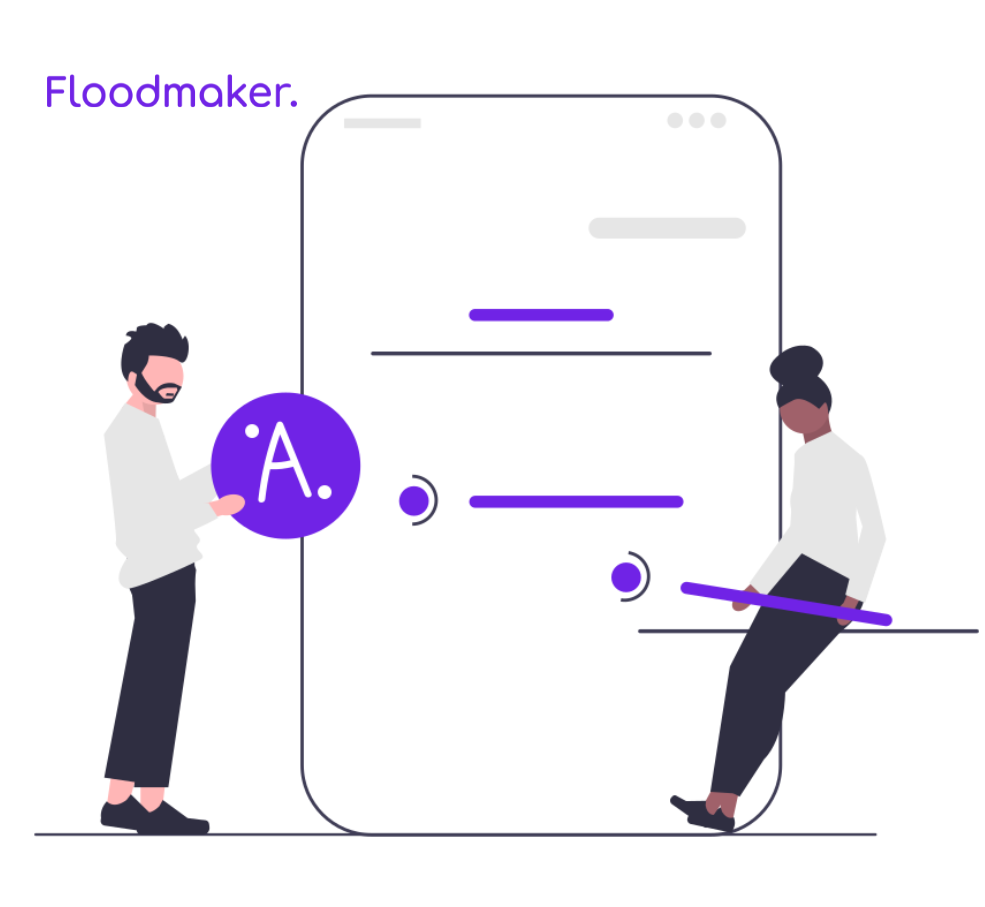eCommerce marketing requires special strategies that go beyond regular digital marketing. Your plan should focus on improving the customer’s shopping experience. Key areas include increasing organic revenue, web traffic, click-through rates, and conversion rates.
Your strategies will mix proven methods with new trends. Remember, each eCommerce business needs its own approach. For example, content marketing should do more than just bring visitors to your site.
Traditional tactics like email marketing are still very effective. Plus, you need good SEO so customers can find your products. Every business must tailor its SEO strategy to its own needs and data.
Here are five tested strategies to help increase your eCommerce sales.
1. Responsive Web Design

Your eCommerce strategy needs to be mobile-friendly because more people are shopping on their phones. In fact, 53.9 percent of online purchases are made on phones, so it’s important that your site looks good on smaller screens.
So, adding mobile-friendly features to your eCommerce plan is really important. Google likes websites that work well on mobile and doesn’t favor those that don’t. This makes mobile-friendliness a big part of your eCommerce SEO strategy.
Also, you want to make shopping easy for your visitors. They should be able to find products, see photos, and read details without any trouble. Keep in mind that people might not buy something on their first visit, but if they like using your site, they’ll probably come back and buy later.
Since you can’t make your site fit every screen size by yourself, it’s a good idea to work with a digital marketing agency that knows how to make websites that are great for mobile.
2. Search Engine Optimization
Creating a website isn’t enough; you also need an effective eCommerce SEO strategy. This helps your target audience find you in a crowded market. It’s crucial because 87% of consumers search online for products before buying, so your store needs to be visible.
Start with a site audit to check your content and technical details. This part of SEO is really important.
For the best SEO on your eCommerce website, you should:
- Research keywords that match your brand.
- Use different keywords for each product.
- Analyze your campaign performance with conversion rate optimization (CRO).
- Make sure your site content and product descriptions are SEO-friendly.
Another key part of SEO is making sure customers have a good experience at checkout. A poor experience can lead to 68% of shopping carts being abandoned.
Avoid these three major checkout issues:
- Not enough payment options – offer at least four.
- No progress bar – customers should see how many steps are left.
- Forcing account creation – let customers buy directly.
For all platforms, including Shopify, teaming up with skilled web designers really helps. Plus, since most Google users focus on organic search results, a good eCommerce marketing company can adjust your strategy to avoid common mistakes and make you stand out.
3. eCommerce Email Marketing

Include personalized email marketing in your digital marketing plan. It’s a proven way to directly reach your ideal customers, and 49% of people actually like getting emails from brands they enjoy.
Here are some types of emails you can send:
- Birthday emails to keep in touch with existing customers.
- Welcome emails for new or returning customers.
- Emails for abandoned shopping carts, which can recover 63% of them.
- Newsletters to update clients and drive more traffic to your website.
- Thank you emails to build customer relationships and promote products.
- Promotional emails to let customers know about sales and increase your sales.
Besides, try different email campaigns. Use data from eCommerce marketing services for new ideas. Also, these services offer tools to better understand your customers, competitors, and the market.
4. Paid Campaigns
Besides SEO, also use pay-per-click (PPC) advertising for your eCommerce marketing. PPC ads appear at the top of search results, quickly reaching people ready to buy.
Also, you only pay for PPC when someone clicks your ad, so include a budget for these in your plan. The main types are paid search ads, product listing ads, and display ads.
1. Paid Search Ads:
These text-only ads appear at the top of search results and are based on what users search for. They’re great for reaching people who are about to buy.
2. Product Listing Ads:
These are often recommended for showing off your products in search results. They work well on platforms like Google Shopping, Amazon, and Walmart Marketplace.
3. Display Ads:
Also known as banner ads, these are visible on websites, apps, and mobile games. Additionally, they target people based on their browsing habits and are effective for reminding past visitors about your brand. Therefore, incorporating them into your strategy can significantly increase brand awareness.
5. eCommerce Content Marketing

eCommerce content marketing means making all kinds of content for online businesses. Plus, because a lot of people use social networks, creating content for social media is important too. This is different from making content for your website or online store.
Good news is that social media platforms like Instagram now have shopping features. You should add these to your marketing plan to help increase sales.
Another good idea is to tag products in your social media posts. It’s a less obvious way to promote what you’re selling.
Focus on creating different types of content, such as:
- Blog posts
- FAQs
- Infographics
- Videos
- Lead magnets
Also, work with micro- and macro-influencers. Micro-influencers have 10,000 to 30,000 followers, while macro-influencers have many more. Use eCommerce marketing services to connect with these influencers and get your products seen by more people.
Formulate a Unique Strategy Mix
Think about more than just eCommerce content marketing and the strategies we’ve talked about as you build your own business plan. Also, depending on where you are in your campaign, work on making an eCommerce sales funnel, checking your website’s performance, and doing A/B testing.
Moreover, this is when you really need the help of an experienced marketing services company. So, reach out to Floodmaker’s expert team to find out more and create a strategy that works for your business.
